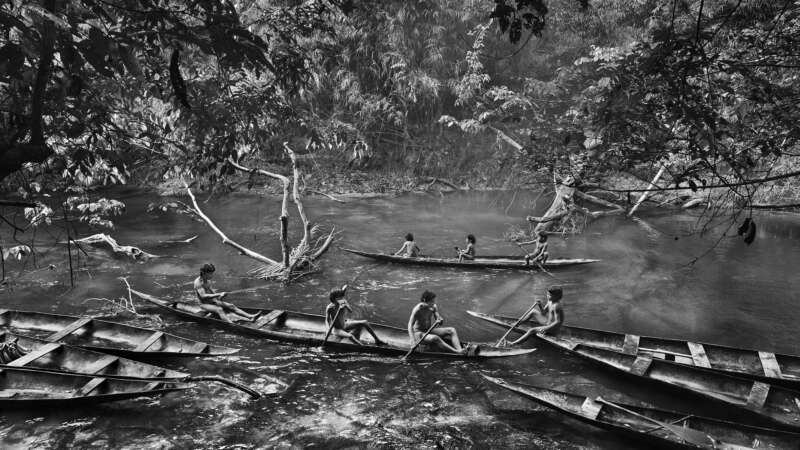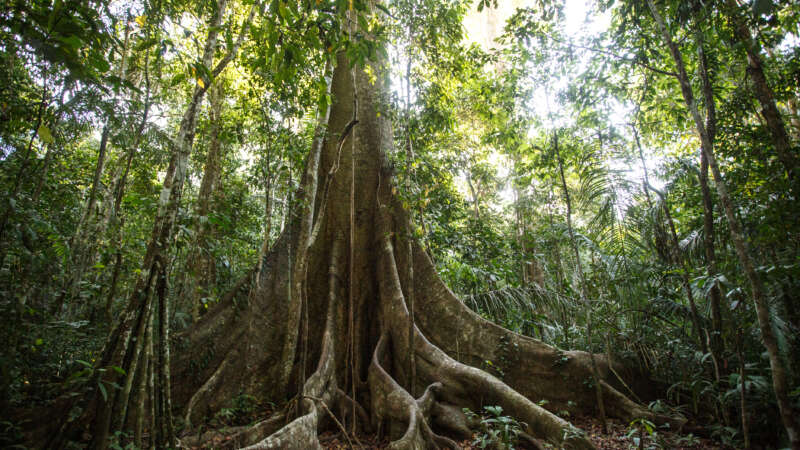indigenous
Patrick Dougherty: Rooted in Nature
Patrick Dougherty’s art career is rooted in his fascination with nature and primitive building techniques.
Born in Oklahoma in 1945 and raised in North Carolina, Dougherty first pursued traditional academics, earning degrees in English and Health Administration. However, his return to North Carolina to study art history and sculpture sparked a desire to create works of art utilizing natural materials, particularly tree saplings. Combining this desire with his carpentry skills, Dougherty began crafting unique, large-scale sculptures that organically blend into their environments.
Sebastião Salgado’s Monochromatic Odyssey
Sebastião Salgado, known for his astonishing monochrome images that capture the raw core of human existence and the marvels of nature, has made an enduring impact on the realm of photography.
Born on February 8, 1944, in Aimorés, Brazil, Salgado’s journey towards becoming a renowned photographer was not a straightforward one. Initially, he pursued a career in economics and obtained a master’s degree in the field. However, his wife Lélia Wanick Salgado bought a Pentax Spotmatic II camera and once Sebastião picked it up – his life was never the same.
Vicky Tauli-Corpuz: Illuminating the Path for Indigenous Rights
Vicky Tauli-Corpuz is an exceptional activist who has played a significant role in promoting indigenous rights globally, thus becoming a prominent figure within the realm of human rights struggles.
Tauli-Corpuz hails from the Cordillera region in the Philippines, specifically belonging to the Kankanaey Igorot indigenous community. Her upbringing exposed her to the difficulties experienced by her community, which encompassed discrimination, marginalization, and the desecration of their ancestral territories. Driven by an unwavering resolve to combat such inequities, Tauli-Corpuz embarked on a lifelong mission to empower her people and provide them with a platform to express their concerns amidst challenging circumstances.
Guardians of the Forest
In September 2018, indigenous and local community leaders from Latin America and Indonesia, the Guardians of the Forest, travelled to California with a mission to …
Indigenous Peoples’ Role in Protecting Forest Health
Nearly a quarter of the world’s population, or about 1.6 billion people, depend on forest resources to sustain their livelihood. This number includes an estimated 60 million who are members of indigenous groups. The worldviews of most indigenous cultures include a sacred obligation to serve as stewards of a healthy forest that can sustain its inhabitants for generations.
Indigenous peoples have been effectively managing their forests since “time immemorial,” yet governmental and scientific forestry experts have only recently begun to seek out the knowledge that indigenous peoples have about environmental management.



